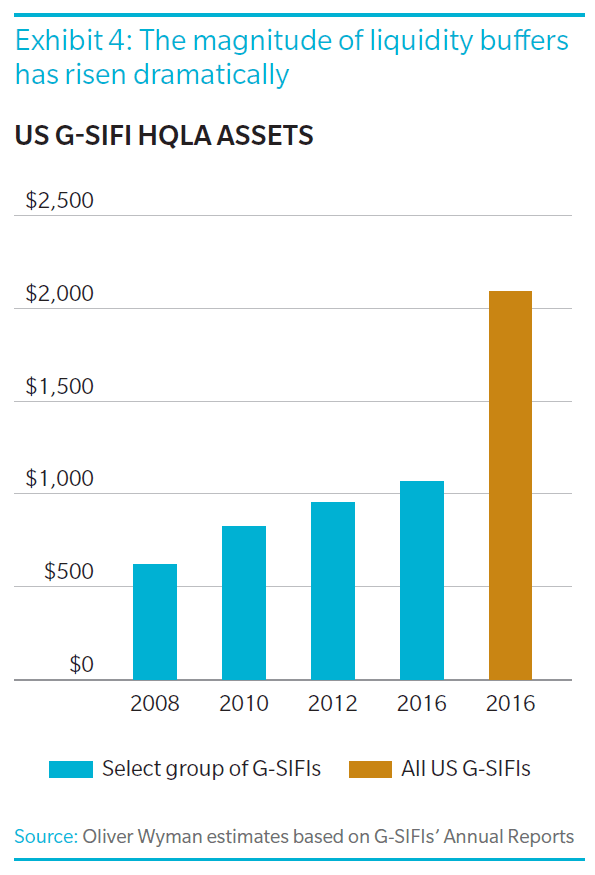Sophisticated collateral management capabilities, previously seen as a “nice to have,” have now become a necessity with the advent of more stringent liquidity and capital standards, the industry wide push for cost efficiency, and the requirements associated with advanced recovery and resolution planning.
To meet these heightened standards it is critical that firms develop improved processes and infrastructure — especially firms with significant capital markets operations for which a higher regulatory bar has been established. More proactively, superior collateral management infrastructure has a real upside: it can enhance collateral optimization processes, which in turn could improve firms’ day-to-day operational efficiency and increase profitability.
Oliver Wyman argues in this paper for robust collateral management systems and practices, not only as part of a strong risk management program, but also as a part of day-to-day business operations effectiveness and resolution planning. We propose a conceptual framework for a best-in-class enterprise solution that combines transparency into collateral availability and usage, central oversight, and a robust IT infrastructure. Collateral management can no longer be treated as a mundane “back office” function: it needs to be elevated to a strategic, enterprisewide risk practice that delivers required management information on close to a real-time basis. This shift requires a clear vision of the target state and management focus in order to implement. It may also mean significant resource investment at no less a level than is afforded to front office systems.






